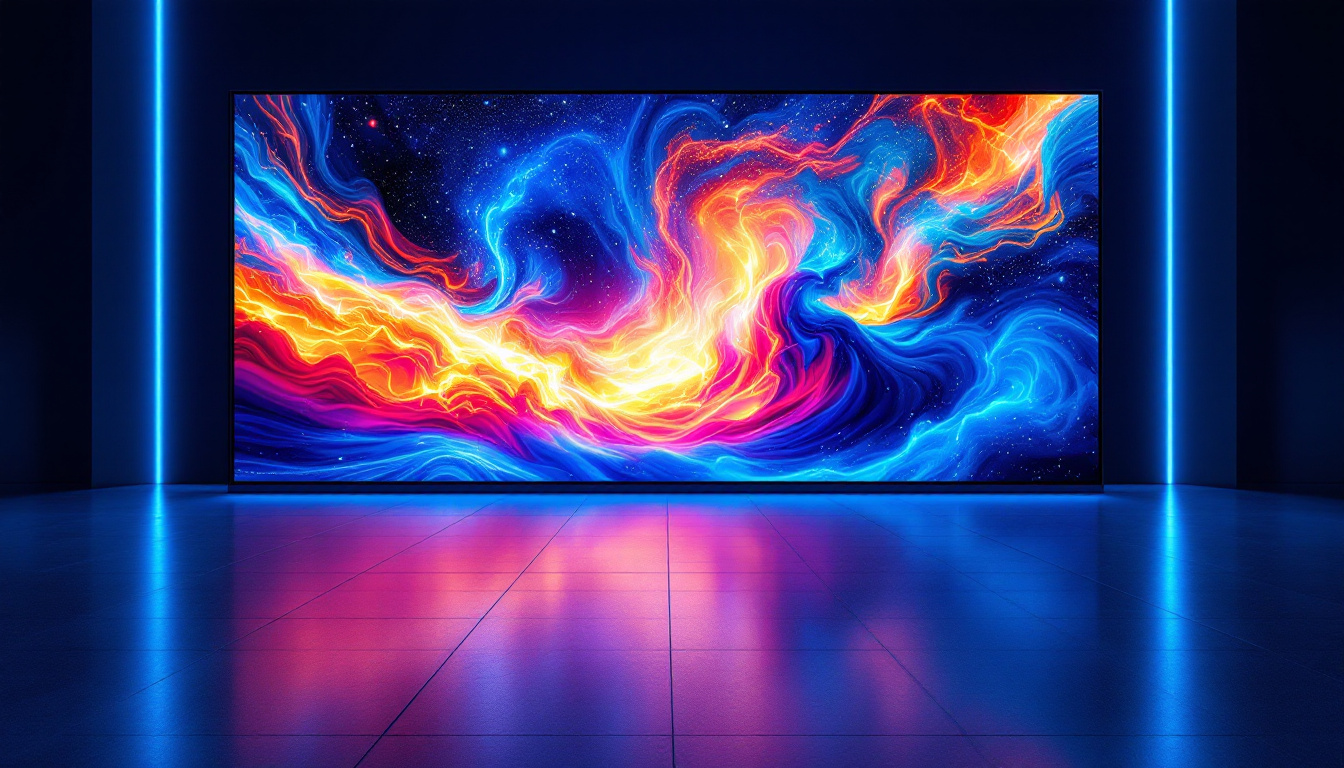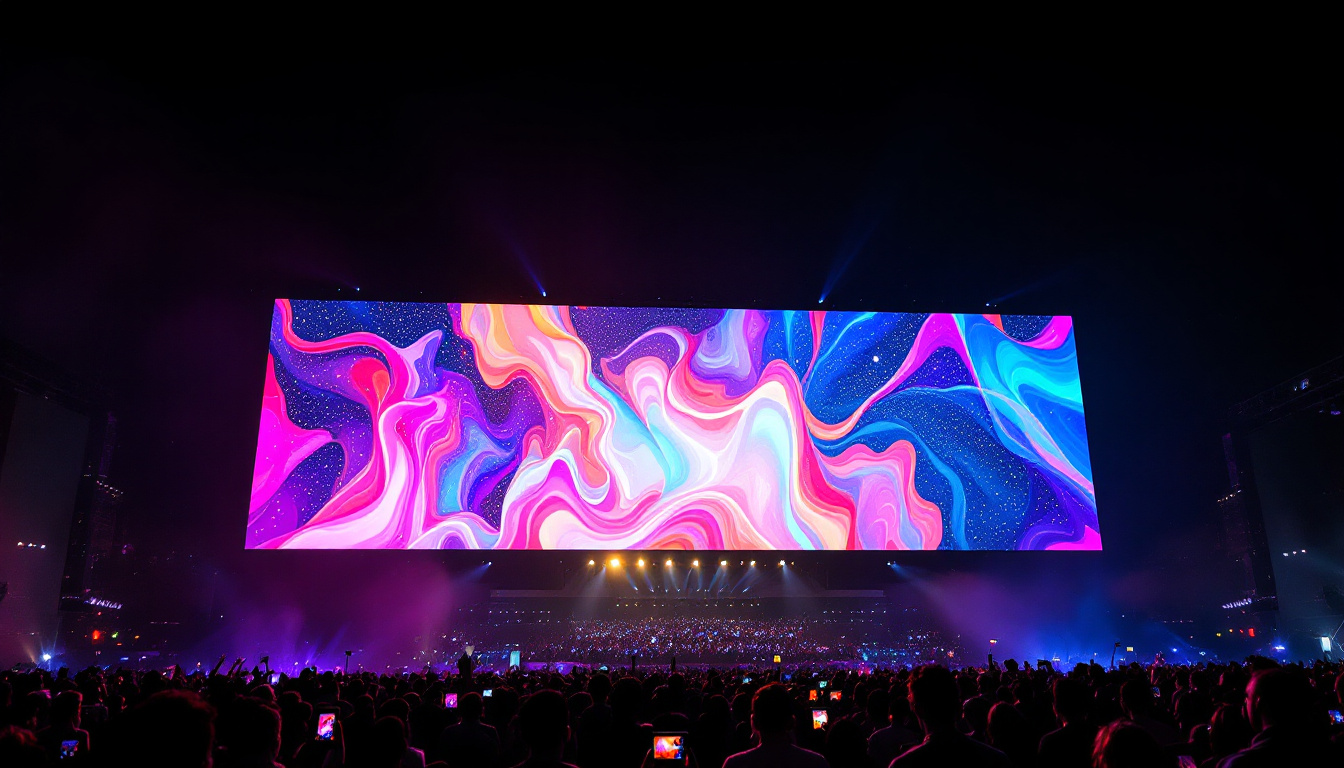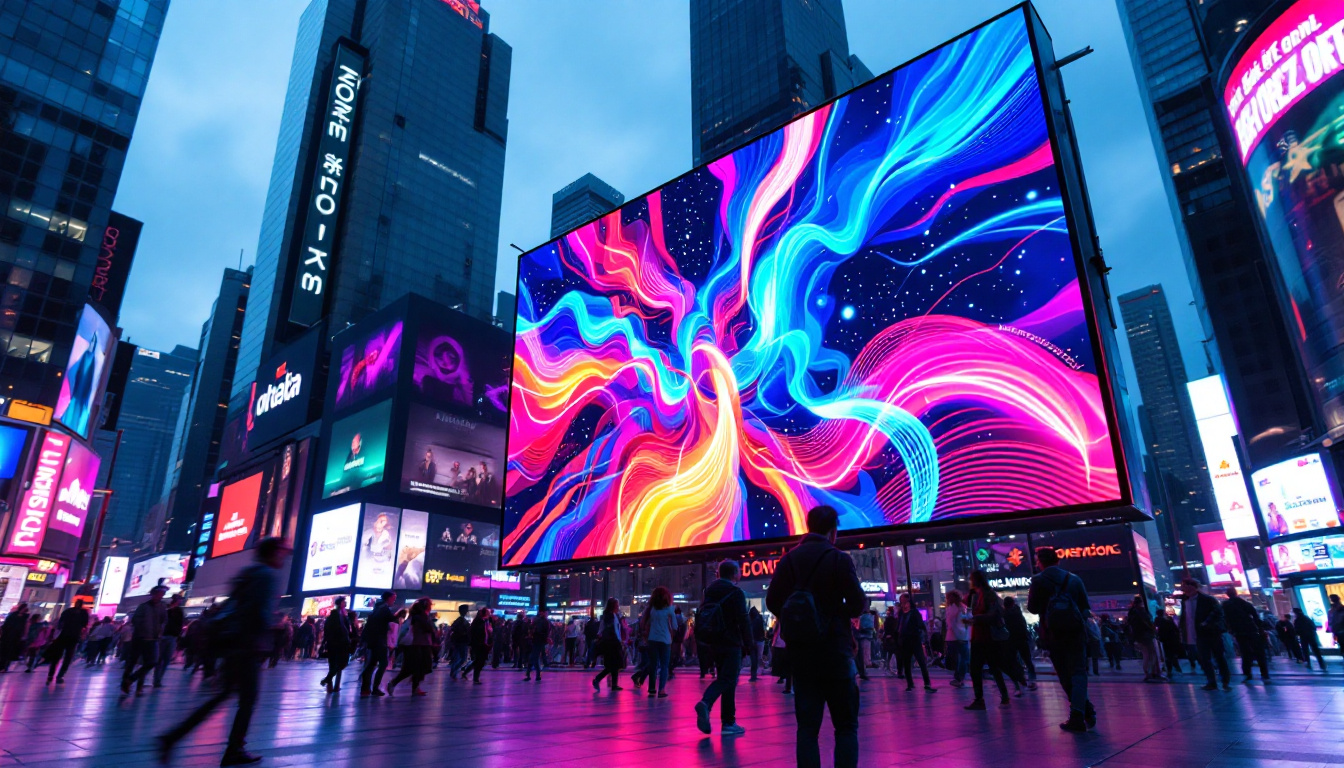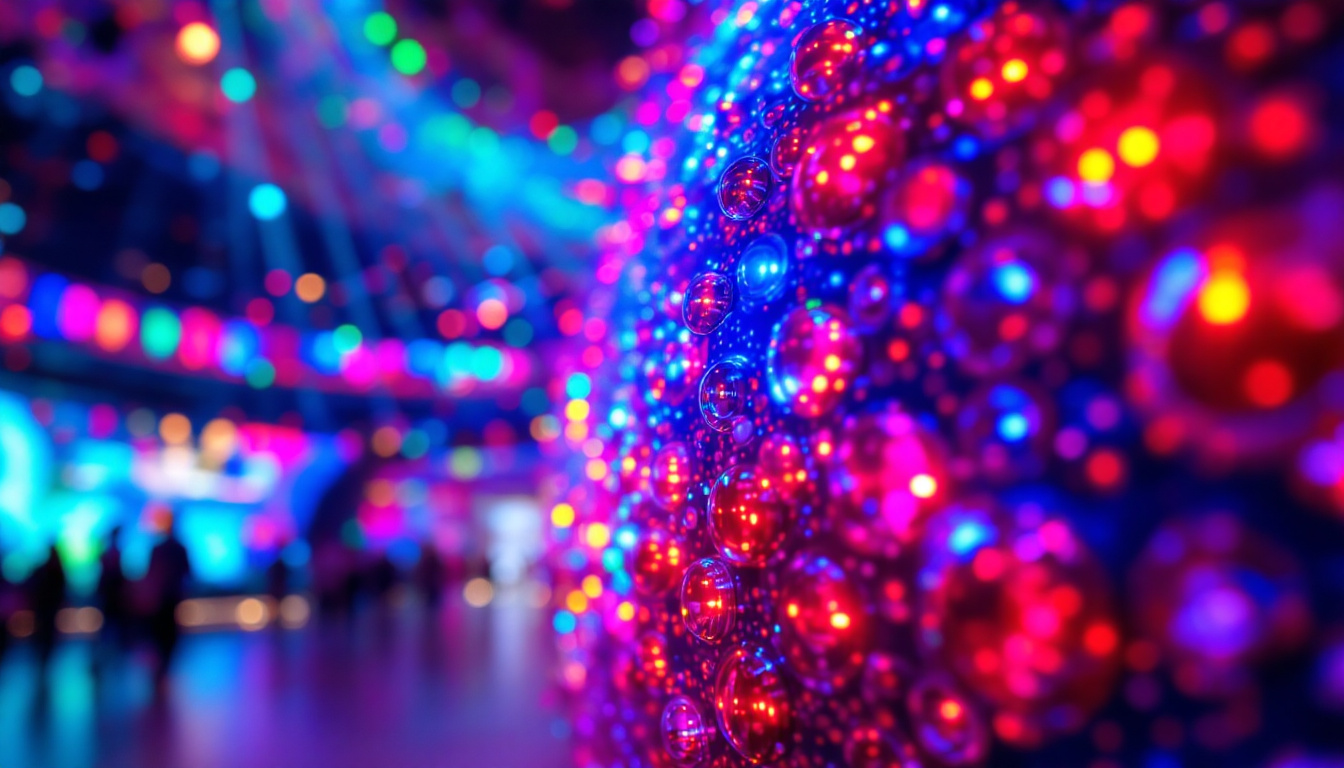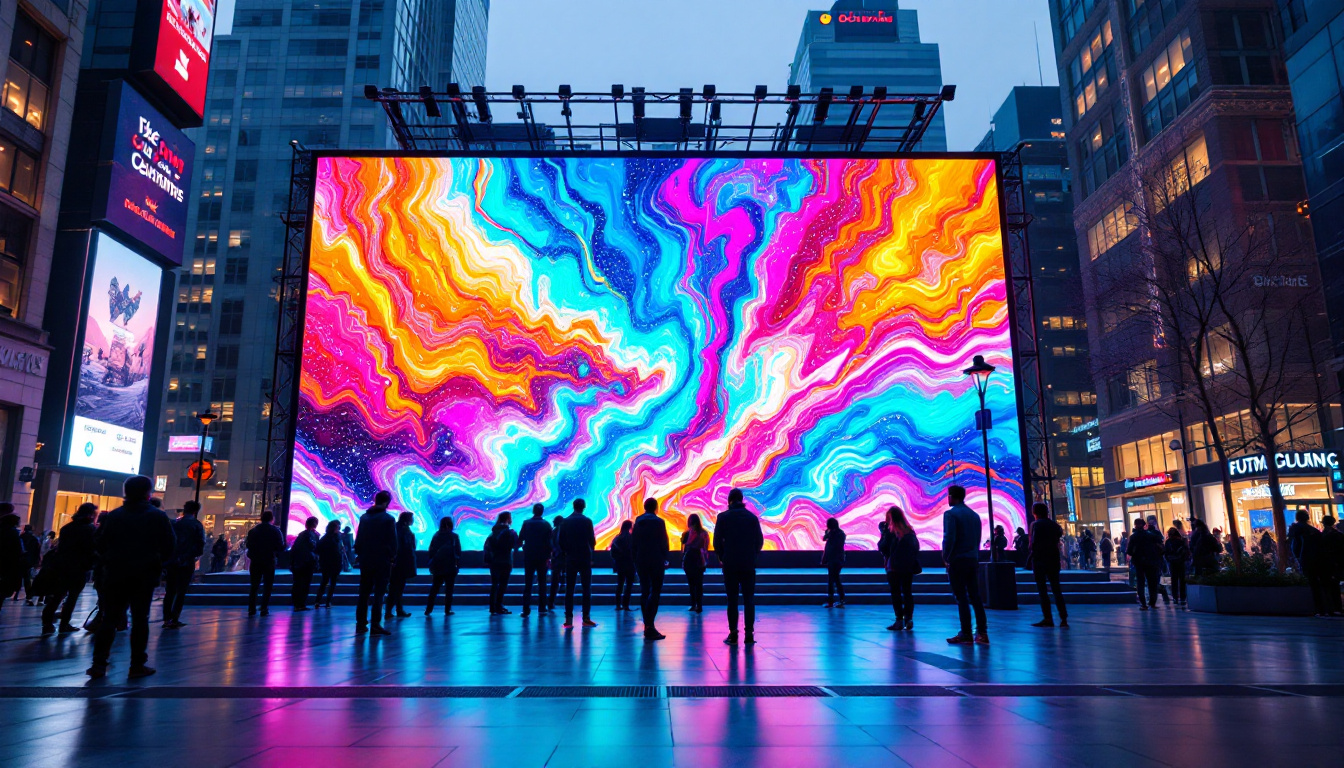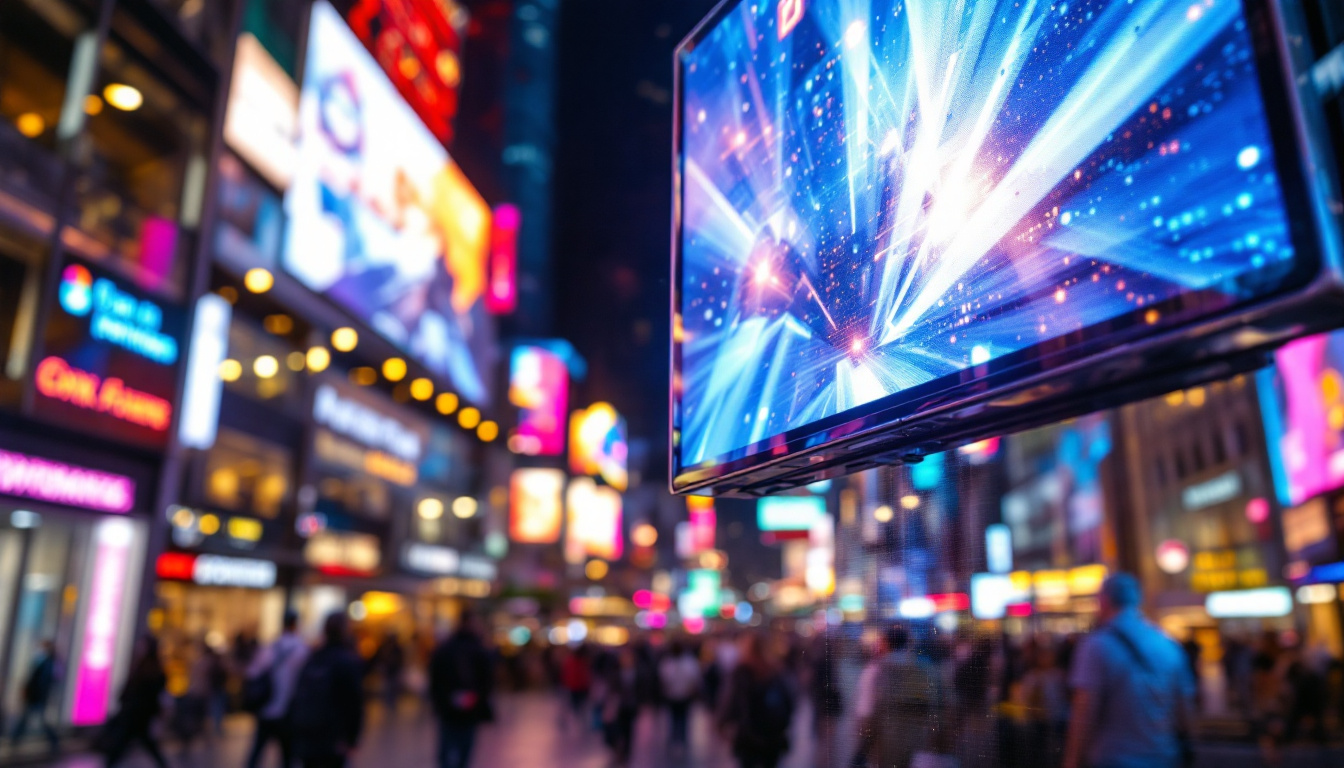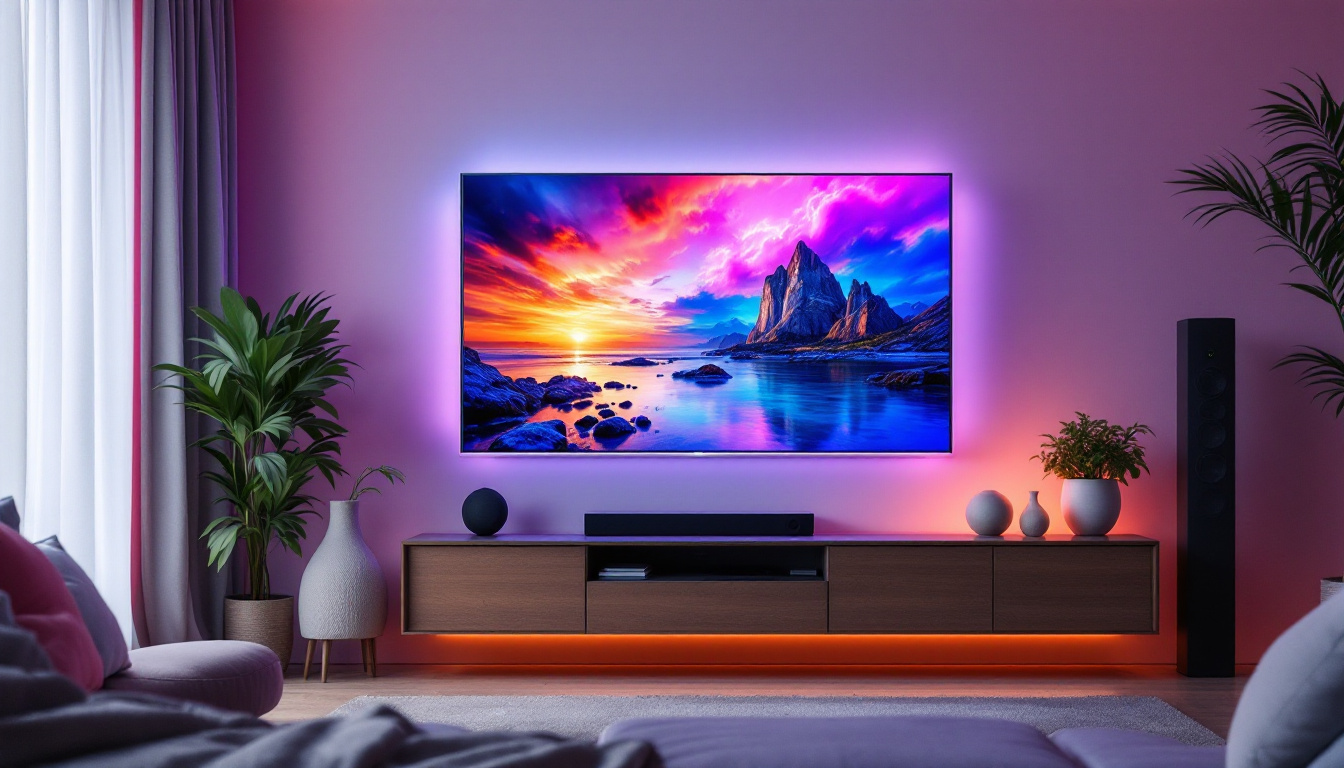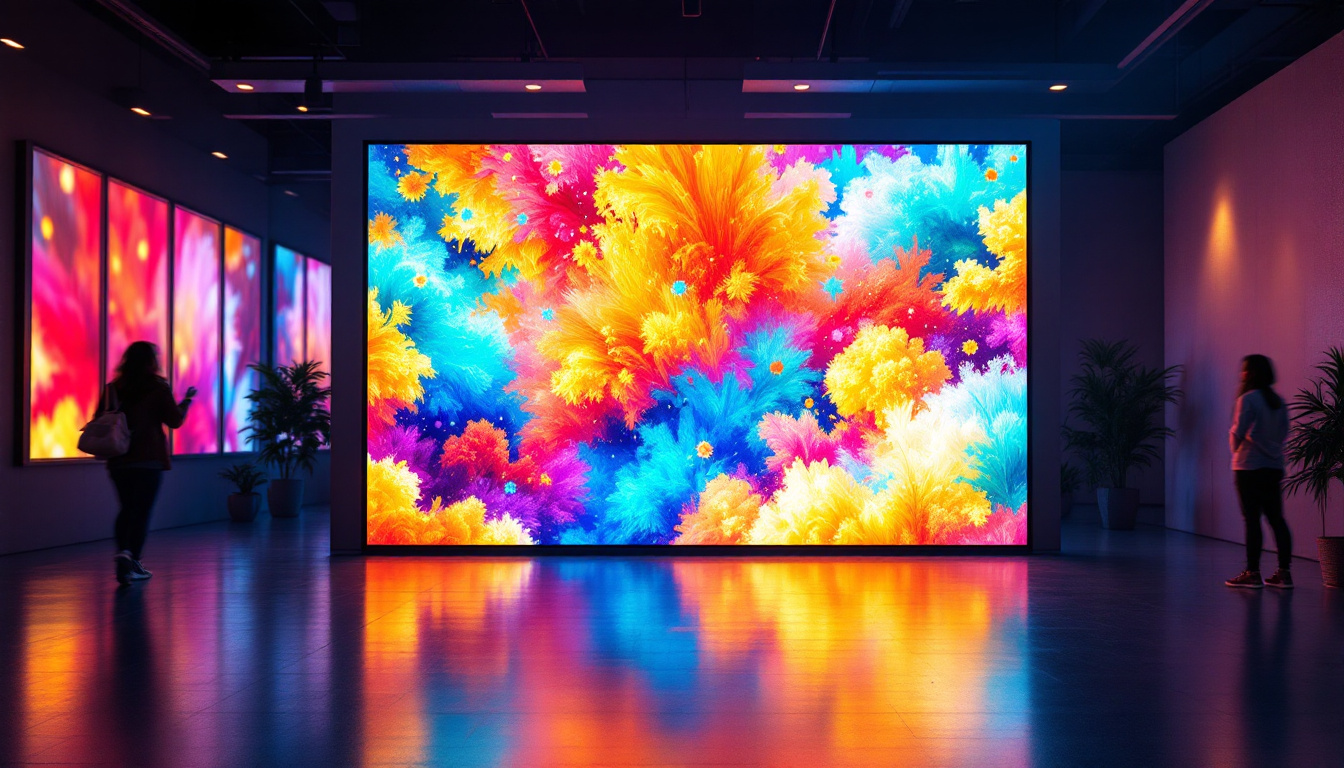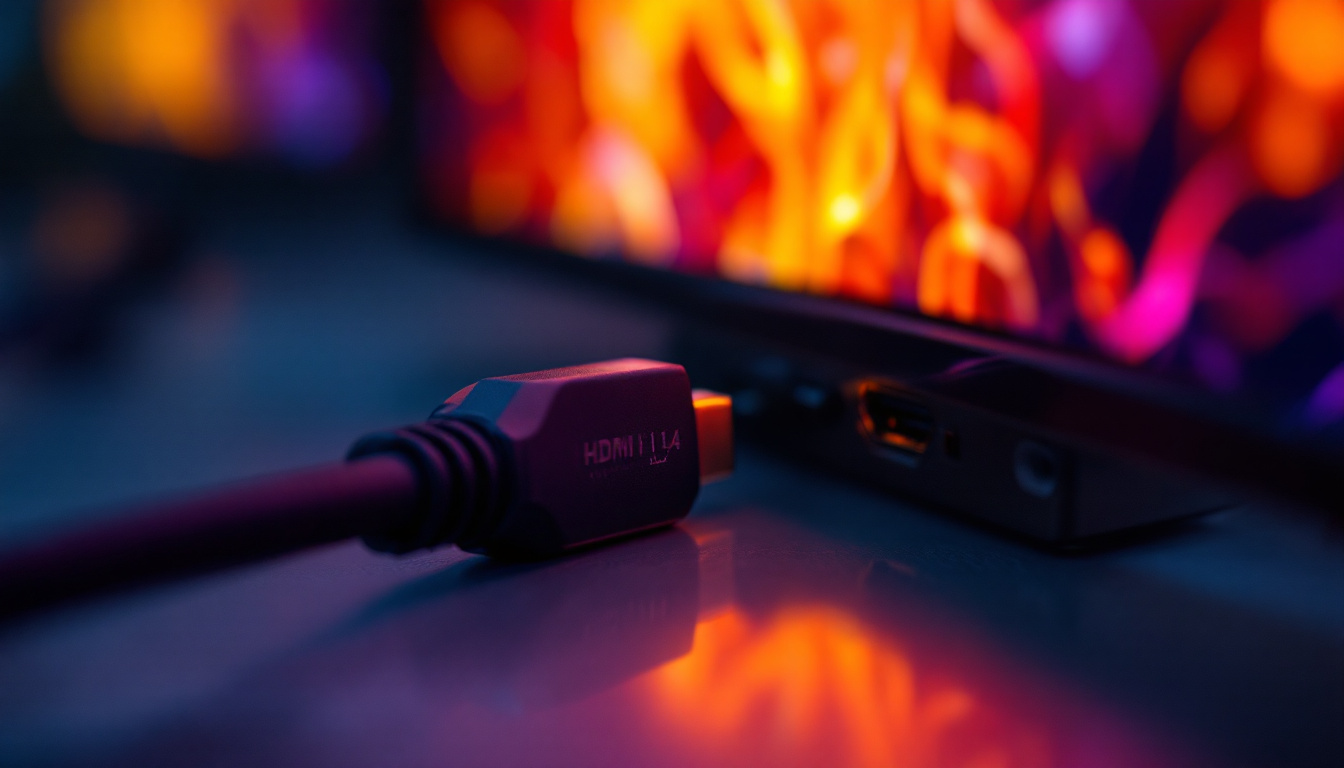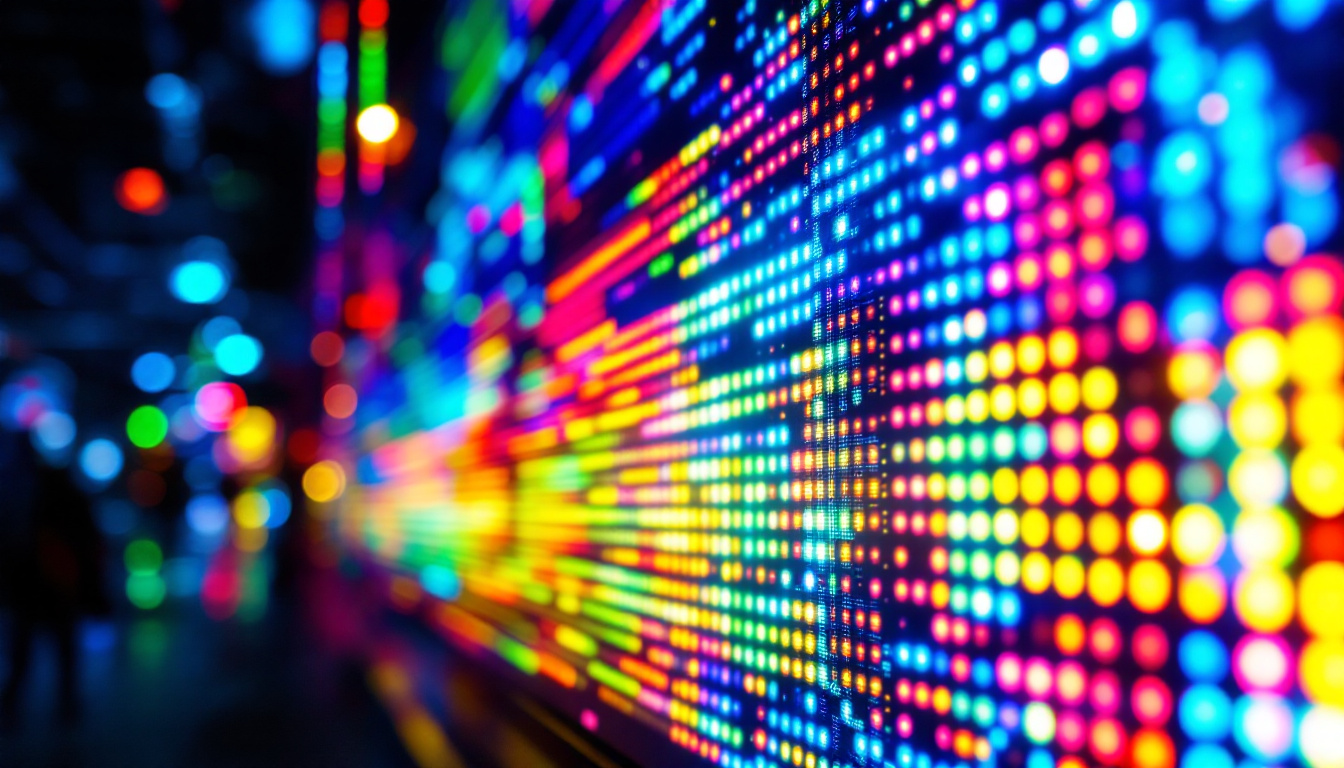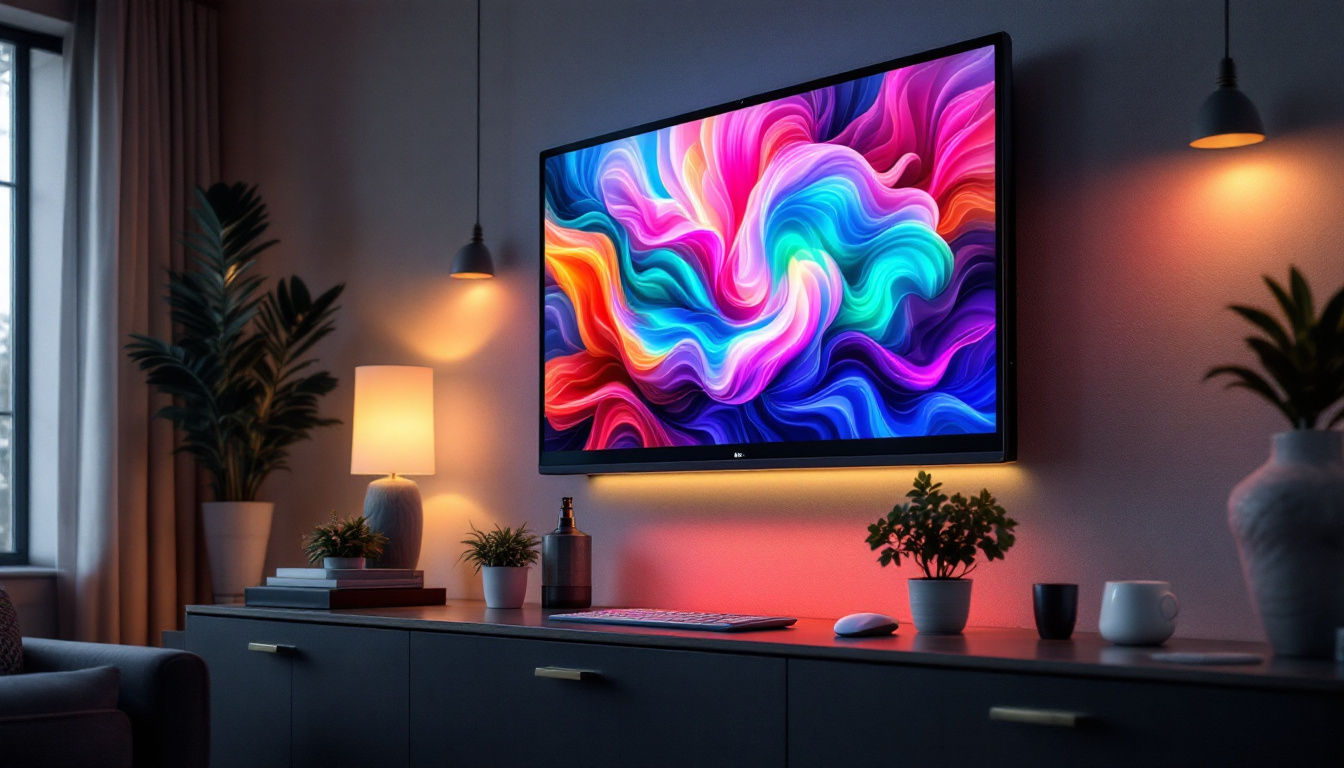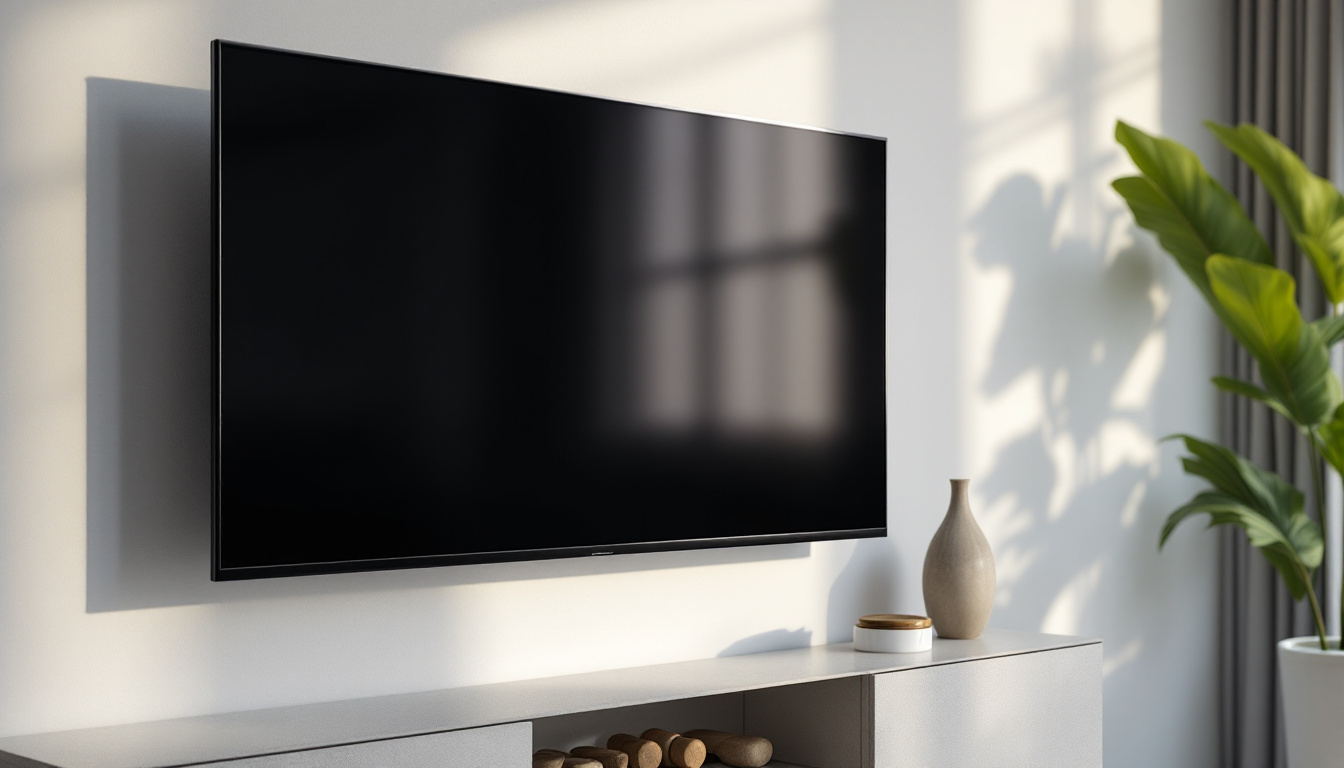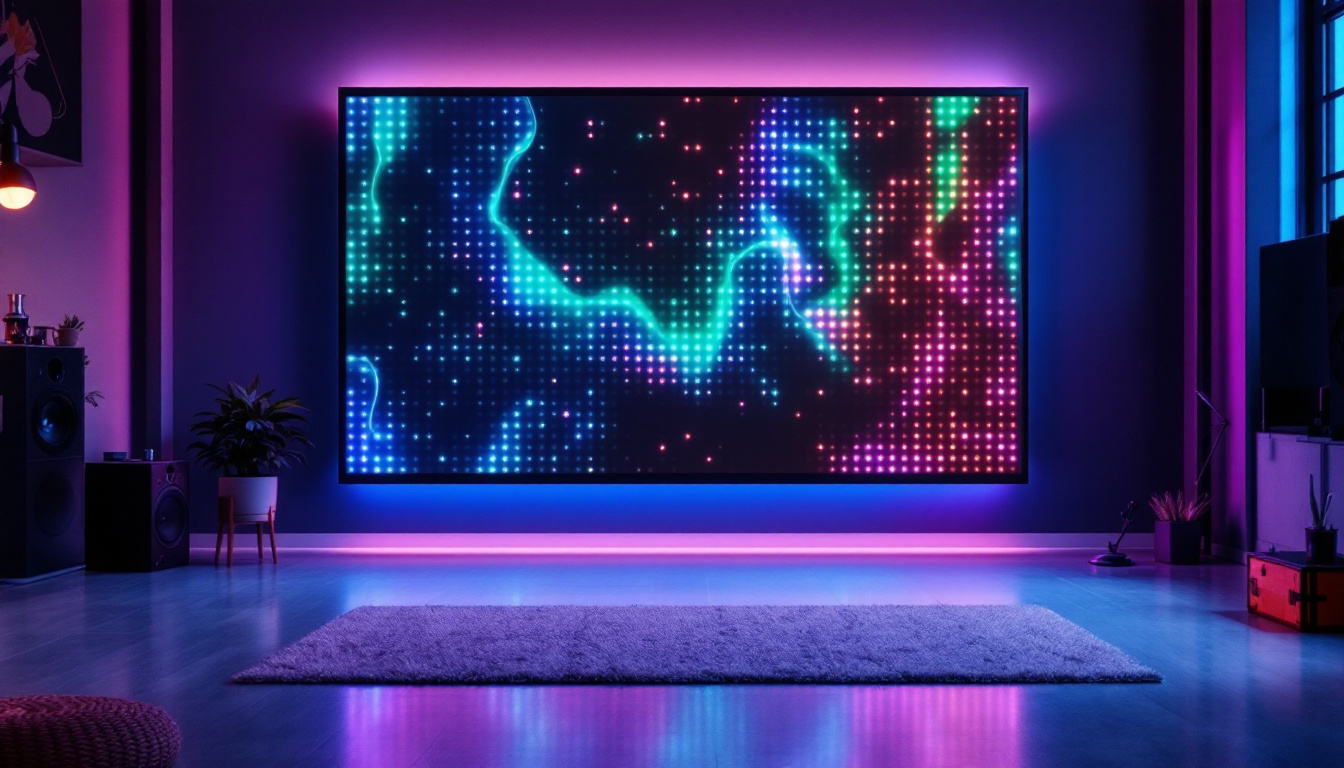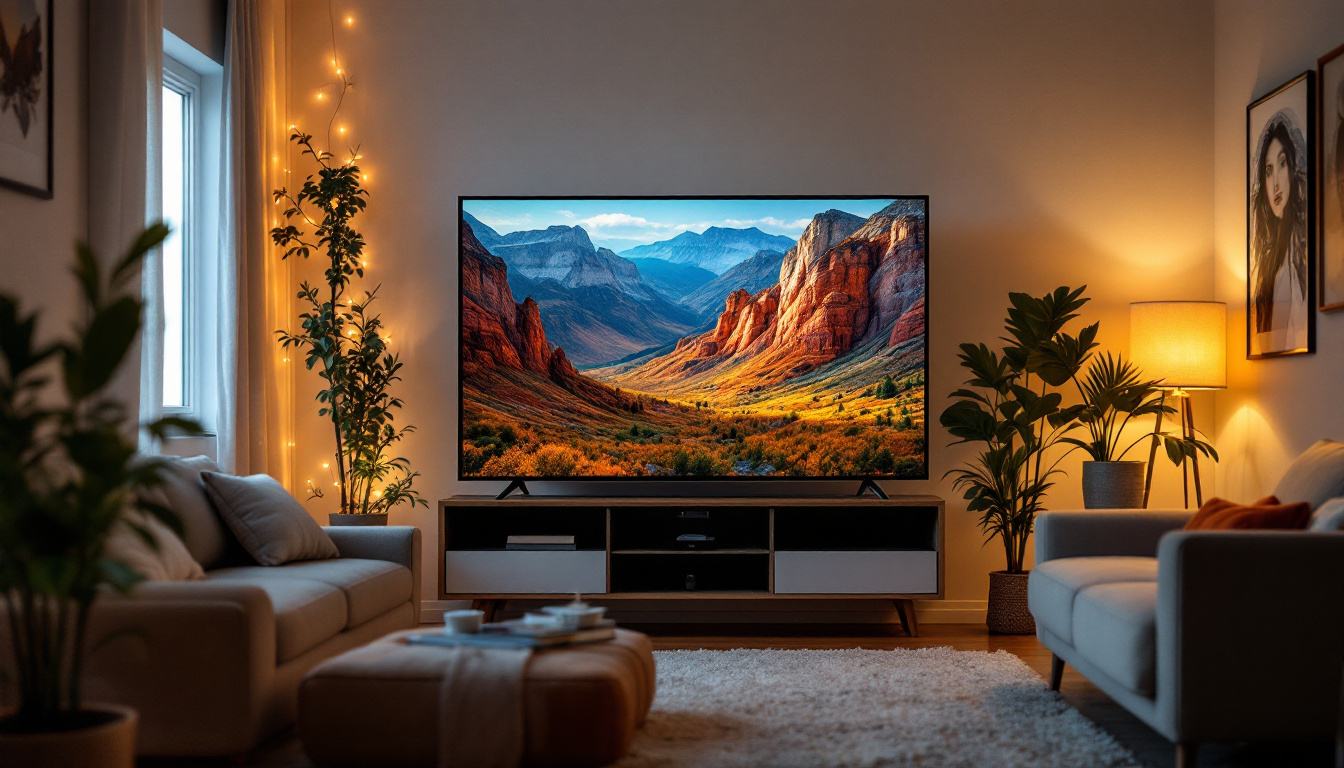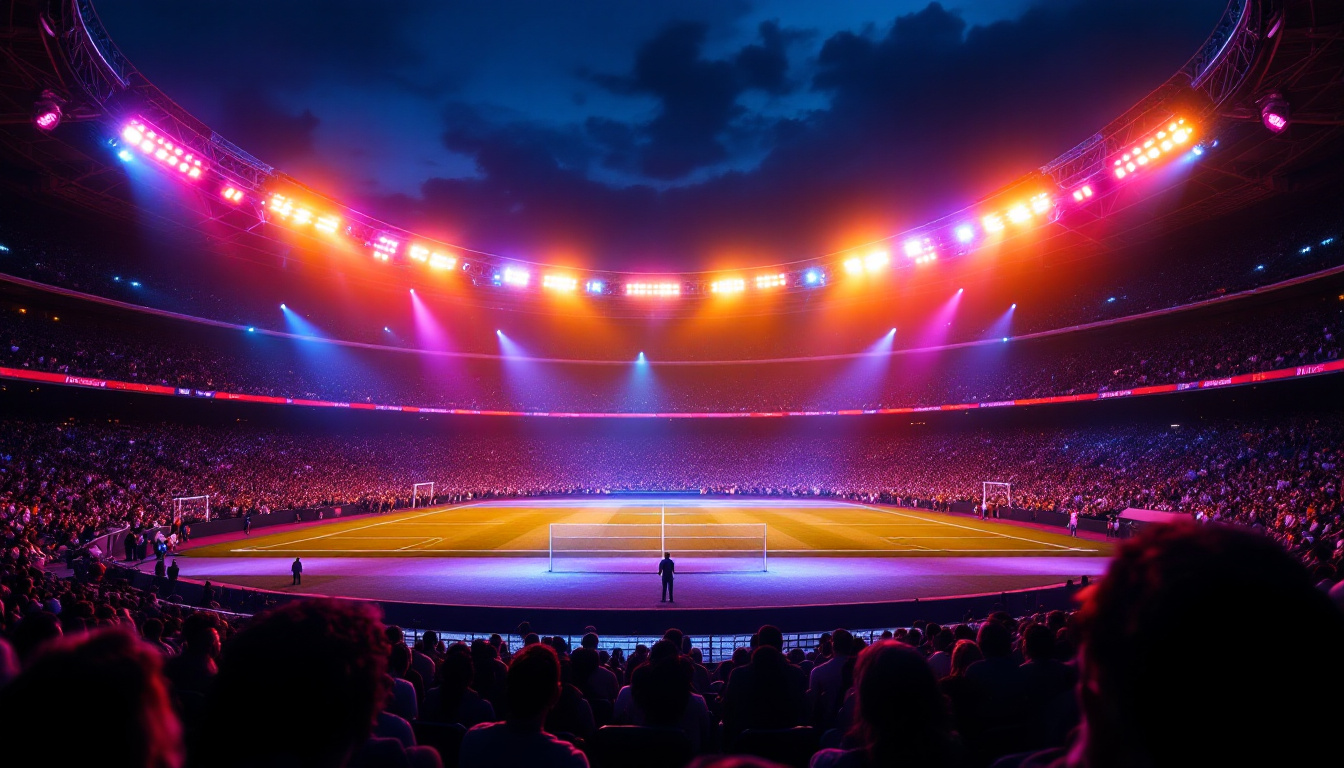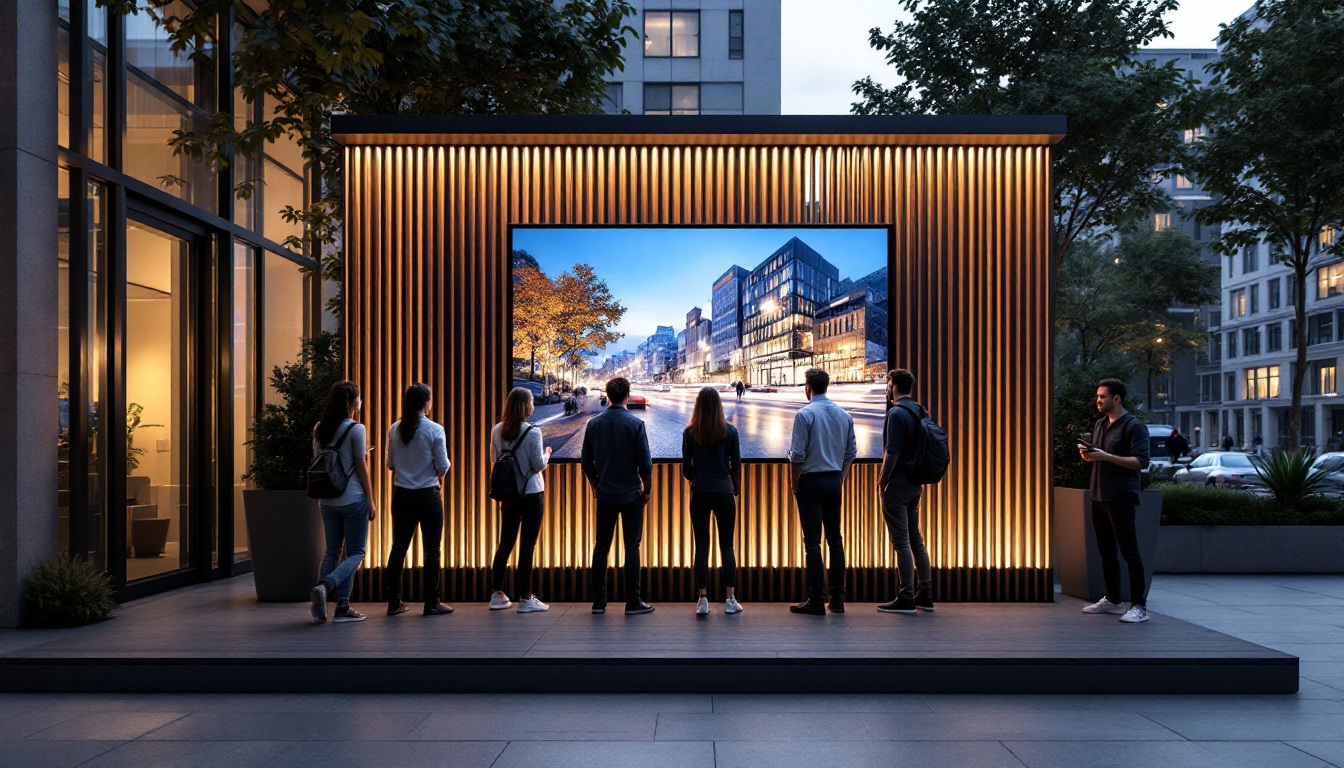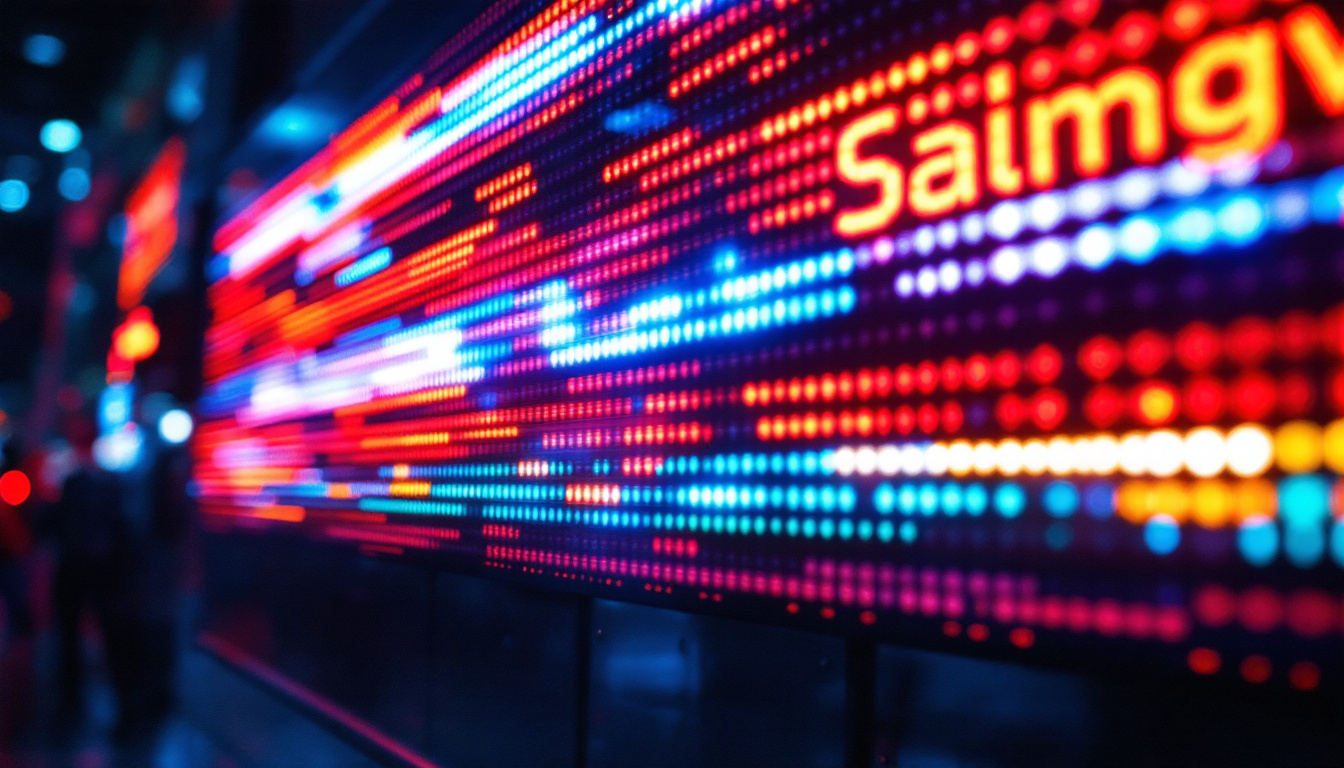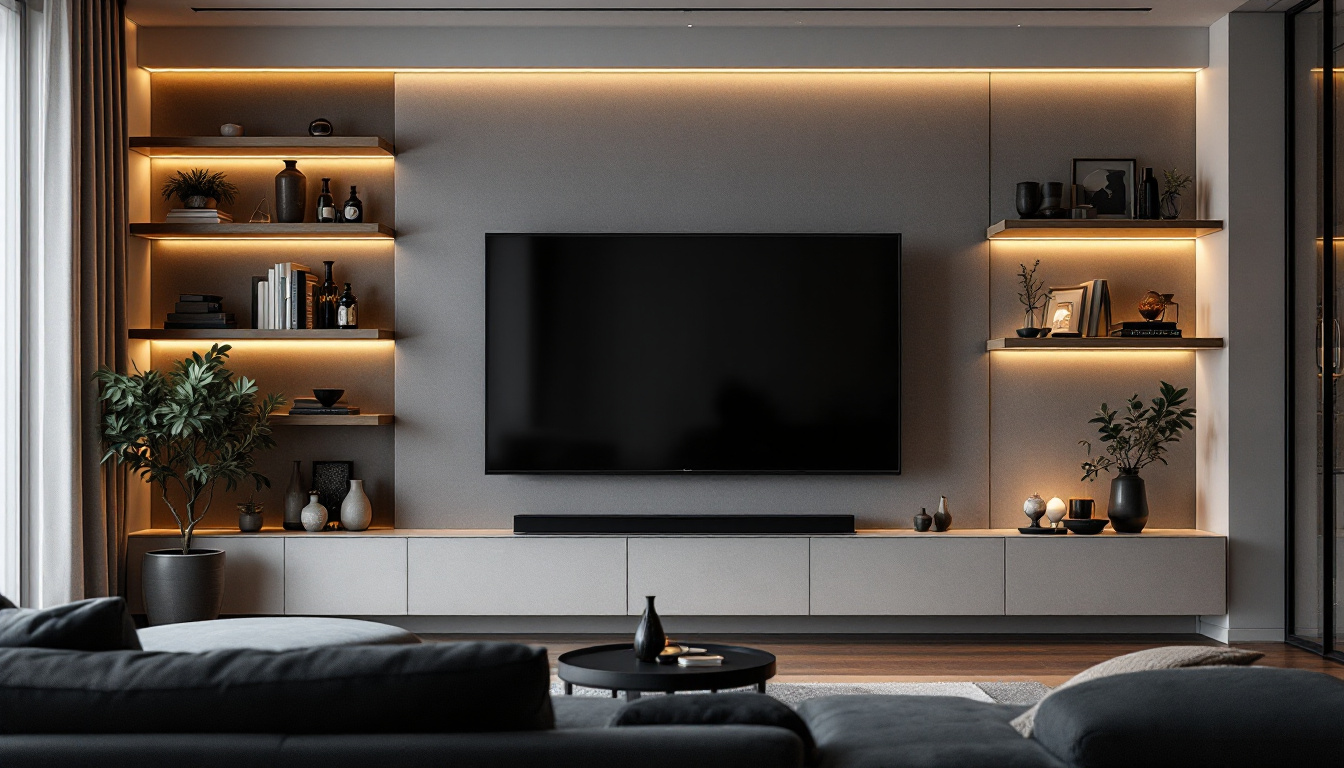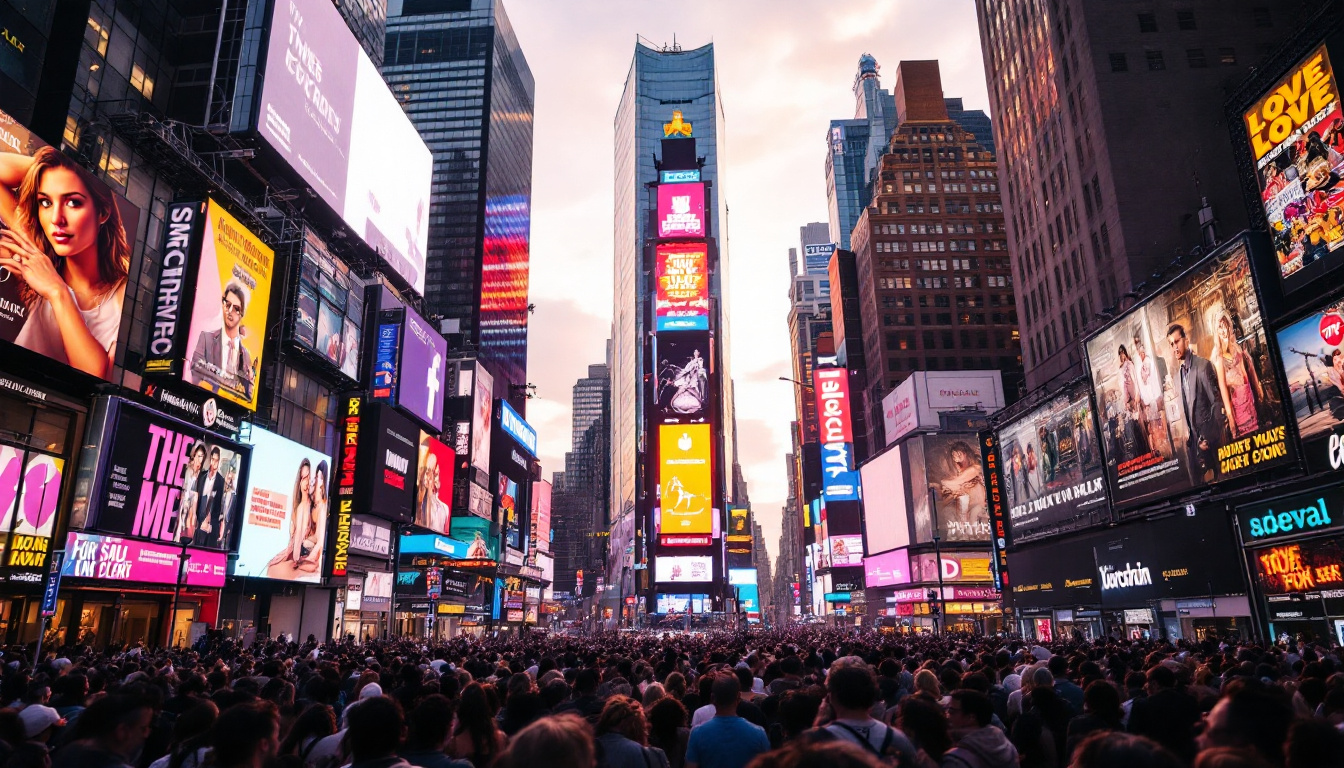In recent years, LED displays have become an integral part of our daily lives, illuminating everything from billboards to smartphone screens. The term “concave upward” may seem technical, but it plays a crucial role in understanding how these displays function and the advantages they offer. This article delves into the intricacies of LED technology, exploring its design, functionality, and applications, while also examining the concept of concave upward in relation to display performance.
Understanding LED Technology
Light Emitting Diodes (LEDs) are semiconductor devices that emit light when an electric current passes through them. This technology has revolutionized the way we perceive visual information, providing brighter, more energy-efficient, and longer-lasting alternatives to traditional lighting methods. Since their introduction, LEDs have found applications in various fields, from residential lighting to automotive headlights, and even in sophisticated medical devices, showcasing their versatility and adaptability in meeting diverse lighting needs.
The Basics of LED Operation
At the core of LED technology is the principle of electroluminescence. When electrons move through a semiconductor material, they recombine with holes (the absence of electrons) and release energy in the form of photons, which is visible light. This process is highly efficient, converting a significant portion of electrical energy into light, unlike incandescent bulbs that waste much of their energy as heat. The efficiency of LEDs not only leads to lower energy bills but also reduces the environmental impact associated with energy production, making them a crucial component in the push for sustainable energy solutions.
LEDs can be manufactured in various colors by altering the semiconductor material used. For instance, blue LEDs are made from gallium nitride, while red LEDs typically use gallium arsenide. By combining these different colors, manufacturers can create full-spectrum displays capable of producing a wide range of hues. Additionally, advancements in technology have led to the development of white LEDs, which are achieved through a combination of blue LEDs and phosphor coatings that convert some of the blue light into other colors, resulting in a warm, white light that closely resembles traditional incandescent bulbs.
Advantages of LED Displays
LED displays offer several advantages over traditional display technologies, such as LCD and OLED. One of the most notable benefits is their energy efficiency. LEDs consume significantly less power, making them a more sustainable choice for both consumers and businesses. This efficiency is particularly advantageous in large-scale installations, such as stadiums or concert venues, where the cumulative energy savings can be substantial over time.
Moreover, LED displays are known for their durability and longevity. Unlike traditional displays that may suffer from burn-in or degradation over time, LEDs can last for tens of thousands of hours without a significant drop in performance. This reliability makes them an ideal choice for applications ranging from outdoor advertising to indoor event displays. Furthermore, the robust nature of LED technology allows for operation in a variety of environmental conditions, including extreme temperatures and humidity levels, making them suitable for both indoor and outdoor use. As a result, businesses can invest in LED technology with confidence, knowing that they are choosing a lighting solution that will serve them well for many years to come.
Concave Upward: A Design Perspective
The term “concave upward” refers to a specific curvature in the design of certain LED displays. This design choice is particularly important for large-scale installations, such as stadium screens or outdoor billboards, where viewing angles and image quality are critical factors.
What Does Concave Upward Mean?
A concave upward display is characterized by a curved surface that bulges outward. This curvature allows for a wider viewing angle, ensuring that the image remains clear and vibrant from various perspectives. In contrast, flat displays may suffer from distortion or color fading when viewed from off-angles.
This design is particularly beneficial in environments where large audiences gather, such as sports arenas or concert venues. By employing a concave upward configuration, manufacturers can enhance the viewing experience, allowing more spectators to enjoy the content without compromising quality.
Impact on Image Quality
The curvature of a concave upward display significantly impacts image quality. With a wider viewing angle, colors appear more consistent, and brightness levels remain uniform across the screen. This is particularly important for high-definition content, where even minor distortions can detract from the overall experience.
Furthermore, the concave design minimizes reflections and glare, which can be problematic in outdoor settings where sunlight may interfere with visibility. By reducing these issues, concave upward displays provide a clearer and more engaging visual experience.
Applications of Concave Upward LED Displays
Concave upward LED displays have found their niche in various industries, thanks to their unique advantages. From entertainment to advertising, these displays are transforming the way information is presented to audiences.
Entertainment Venues
In the realm of entertainment, concave upward LED displays are a staple in arenas and concert halls. These installations allow for immersive experiences, where audiences can enjoy dynamic visuals that enhance performances. The curvature ensures that even those seated at the farthest ends of the venue can enjoy a clear view of the action.
Moreover, these displays can be synchronized with sound and lighting effects, creating a cohesive experience that captivates audiences. Whether it’s a live concert or a sports event, the use of concave upward displays elevates the overall atmosphere, making it more enjoyable for everyone involved.
Advertising and Marketing
In the advertising sector, concave upward LED displays are increasingly being used for outdoor promotions. Their ability to attract attention from various angles makes them ideal for high-traffic areas, such as city centers and shopping districts. Advertisers can leverage this technology to showcase vibrant, eye-catching content that stands out in a crowded environment.
Furthermore, the flexibility of LED technology allows for dynamic content changes, enabling marketers to tailor their messages to specific audiences or events. This adaptability is a significant advantage in the fast-paced world of advertising, where capturing attention quickly is essential.
Public Information Displays
Concave upward LED displays are also utilized for public information systems, such as transportation hubs and municipal buildings. These displays can convey essential information, such as arrival and departure times, in a clear and accessible manner. The curvature enhances readability, ensuring that even individuals at a distance can easily comprehend the information being presented.
In addition, these displays can be integrated with real-time data feeds, allowing for timely updates that keep the public informed. This functionality is particularly valuable in emergency situations, where clear communication is crucial.
Challenges and Considerations
Despite their many advantages, concave upward LED displays are not without challenges. Understanding these limitations is essential for manufacturers, installers, and end-users alike.
Cost and Installation
One of the primary challenges associated with concave upward LED displays is the cost. The manufacturing process for these displays can be more complex than that of flat panels, leading to higher prices. Additionally, installation requires specialized expertise to ensure that the curvature is correctly implemented, which can further increase expenses.
However, many businesses find that the long-term benefits, such as energy savings and reduced maintenance costs, outweigh the initial investment. As technology continues to advance, it is likely that the costs associated with concave upward displays will decrease, making them more accessible to a broader range of users.
Maintenance and Upkeep
While LED displays are generally known for their durability, concave upward designs may require more careful maintenance. The curvature can make it more challenging to access certain areas for cleaning or repairs. Regular maintenance is essential to ensure that the display continues to function optimally and that image quality remains high.
Establishing a routine maintenance schedule can help mitigate these challenges. By proactively addressing potential issues, users can extend the lifespan of their displays and maintain their visual performance.
The Future of Concave Upward LED Displays
As technology continues to evolve, the future of concave upward LED displays looks promising. Innovations in materials and manufacturing processes are likely to lead to even more efficient and cost-effective solutions.
Advancements in Technology
Emerging technologies, such as microLED and flexible displays, have the potential to revolutionize the LED landscape. MicroLED technology, in particular, offers improved brightness and color accuracy, which could enhance the performance of concave upward displays even further.
Flexible displays may also open new possibilities for design, allowing for even more creative applications in various settings. As these technologies mature, the potential for concave upward displays will expand, offering new ways to engage audiences.
Integration with Smart Technologies
The integration of smart technologies, such as IoT (Internet of Things) capabilities, is another area of growth for LED displays. By incorporating sensors and connectivity features, concave upward displays could provide real-time data and analytics, enhancing their functionality in advertising and public information systems.
This evolution will enable users to tailor content more effectively, ensuring that messages resonate with audiences in real-time. The future of concave upward LED displays is not just about visual appeal; it’s about creating interactive and engaging experiences.
Conclusion
Concave upward LED displays represent a significant advancement in display technology, offering unique benefits that enhance visual experiences across various applications. From entertainment venues to advertising and public information systems, these displays are transforming how information is presented and consumed.
While challenges exist, the ongoing advancements in LED technology and the potential for integration with smart systems promise a bright future for concave upward displays. As industries continue to explore innovative ways to leverage this technology, the possibilities are limitless, paving the way for a more visually engaging world.
Discover the Future of Visual Engagement with LumenMatrix
Ready to elevate your visual displays to new heights? Embrace the future with LumenMatrix’s innovative LED display technology. As a pioneer in the industry, LumenMatrix offers an extensive range of solutions, from Indoor and Outdoor LED Wall Displays to specialized options like Vehicle, Sports, and Floor LED Displays. Each product is crafted to maximize brand visibility and create immersive experiences that captivate and engage. Whether you’re looking to transform a venue, enhance your advertising, or revolutionize public information systems, LumenMatrix has the cutting-edge solution you need. Check out LumenMatrix LED Display Solutions today and join the visual revolution!


